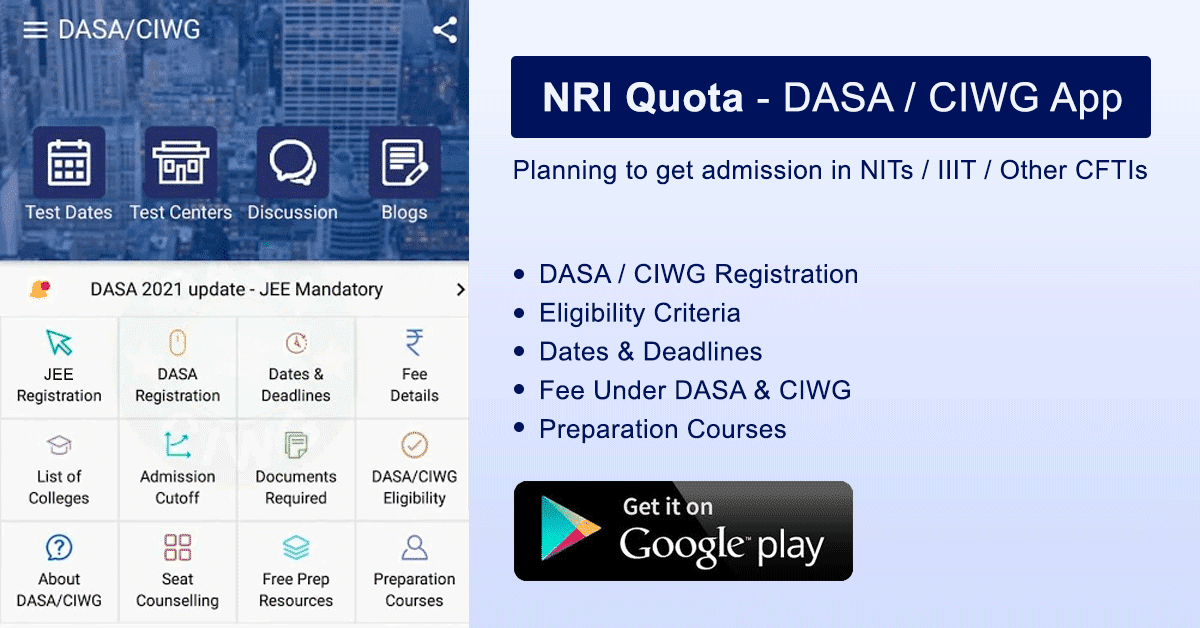UNIT 1: Sets, Relations, and Functions
Sets and their representation; Union, intersection and complement of sets and their algebraic properties; Power set; Relation, Types of relations, equivalence relations, functions; one-one, into and onto functions, the composition of functions.
UNIT 2: Complex Numbers and Quadratic Equations
Complex numbers as ordered pairs of reals, Representation of complex numbers in the form a+ib and their representation in a plane, Argand diagram, algebra of complex numbers, modulus and argument (or amplitude) of a complex number, square root of a complex number, triangle inequality, Quadratic equations in real and complex number system and their solutions. Relation between roots and coefficients, nature of roots, formation of quadratic equations with given roots.
UNIT 3: Matrices and Determinants
Matrices, algebra of matrices, types of matrices, determinants, and matrices of order two and three. Properties of determinants, evaluation of determinants, area of triangles using determinants.
Adjoint and evaluation of inverse of a square matrix using determinants and elementary transformations, Test of consistency and solution of simultaneous linear equations in two or three variables using determinants and matrices.
UNIT 4: Permutations and Combinations
The fundamental principle of counting, permutation as an arrangement and combination as selection, Meaning of P (n,r) and C (n,r), simple applications.
UNIT 5: Mathematical Induction
Principle of Mathematical Induction and its simple applications.
UNIT 6: Binomial Theorem
Binomial theorem for a positive integral index, general term and middle term, properties of Binomial coefficients, and simple applications.
UNIT 7: Sequences and Series
Arithmetic and Geometric progressions, insertion of arithmetic, geometric means between two given numbers. Relation between A.M. and G.M. Sum up to n terms of special series: Sn, Sn2, Sn3. Arithmetic – Geometric progression.
UNIT 8: Limit, Continuity, and Differentiability
Real-valued functions, algebra of functions, polynomials, rational, trigonometric, logarithmic, and exponential functions, inverse functions. Graphs of simple functions. Limits, continuity, and differentiability. Differentiation of the sum, difference, product, and quotient of two functions. Differentiation of trigonometric, inverse trigonometric, logarithmic, exponential, composite, and implicit functions; derivatives of order up to two. Rolle’s and Lagrange’s Mean Value Theorems. Applications of derivatives: Rate of change of quantities, monotonic – increasing and decreasing functions, Maxima and minima of functions of one variable, tangents, and normals.
UNIT 9: Integral Calculus
Integral as an anti-derivative. Fundamental integrals involving algebraic, trigonometric, exponential, and logarithmic functions. Integration by substitution, by parts, and by partial fractions. Integration using trigonometric identities. Evaluation of simple integrals of the type. Integral as limit of a sum. Fundamental Theorem of Calculus. Properties of definite integrals. Evaluation of definite integrals, determining areas of the regions bounded by simple curves in standard form.
UNIT 10: Differential Equations
Ordinary differential equations, their order, and degree. Formation of differential equations. Solution of differential equations by the method of separation of variables, solution of homogeneous and linear differential equations of the type:
UNIT 11: Co-ordinate Geometry
Cartesian system of rectangular coordinates in a plane, distance formula, section formula, locus, and its equation, translation of axes, the slope of a line, parallel and perpendicular lines, intercepts of a line on the coordinate axes.
Straight lines. Various forms of equations of a line, intersection of lines, angles between two lines, conditions for concurrence of three lines, a distance of a point from a line, equations of internal and external bisectors of angles between two lines, coordinates of centroid, orthocentre, and circumcentre of a triangle, equation of the family of lines passing through the point of intersection of two lines.
Circles, conic sections
The standard form of the equation of a circle, the general form of the equation of a circle, its radius and center, equation of a circle when the endpoints of a diameter are given, points of intersection of a line, and a circle with the center at the origin and condition for a line to be tangent to a circle, equation of the tangent. Sections of cones, equations of conic sections (parabola, ellipse, and hyperbola) in standard forms, condition for y = mx + c to be a tangent and point (s) of tangency.
UNIT 12: Three Dimensional Geometry
Coordinates of a point in space, the distance between two points, section formula, direction ratios, and direction cosines, the angle between two intersecting lines. Skew lines, the shortest distance between them, and its equation. Equations of a line and a plane in different forms, the intersection of a line and a plane, coplanar lines.
UNIT 13: Vector Algebra
Vectors and scalars, the addition of vectors, components of a vector in two dimensions and three-dimensional space, scalar and vector products, scalar and vector triple product.
UNIT 14: Statistics and Probability
Measures of Dispersion
Calculation of mean, median, mode of grouped and ungrouped data. Calculation of standard deviation, variance, and mean deviation for grouped and ungrouped data.
Probability
Probability of an event, addition and multiplication theorems of probability, Baye’s theorem, probability distribution of a random variate, Bernoulli trials, and Binomial distribution.
UNIT 15: Trigonometry
Trigonometrical identities and equations. Trigonometrical functions. Inverse trigonometrical functions and their properties. Heights and Distances.
UNIT 16: Mathematical Reasoning
Statements, logical operations, and, or, implies, implied by, if and only if. Understanding of tautology, contradiction, converse, and contrapositive.
Useful JEE Main Links You Should Not Miss:
JEE Details You Should Not Miss:
JEE Coaching Centers:
JEE Main & Advance Preparation Resources:
How to register for JEE Online Preparation Courses:
-
Fill up the form above on the right-hand side. On receiving your information, you will be called up by JEE counselor for a course explanation. After filing up the enrolment form link and fee submission your classes will start.
-
You can directly call us on +91 8800 1234 92 or write us at [email protected]



Leave a Reply